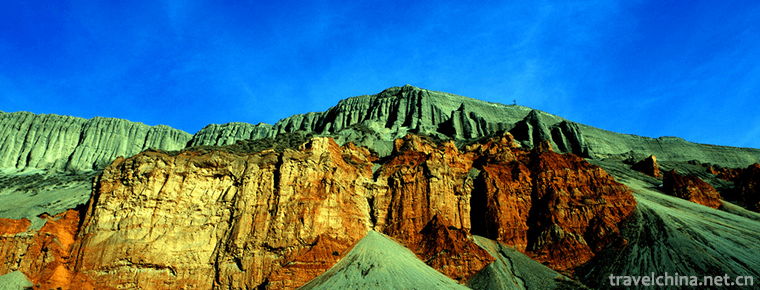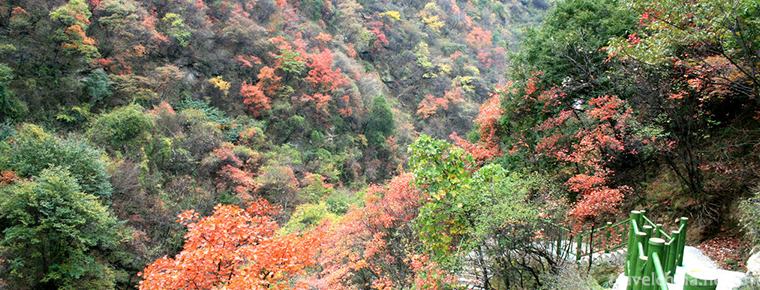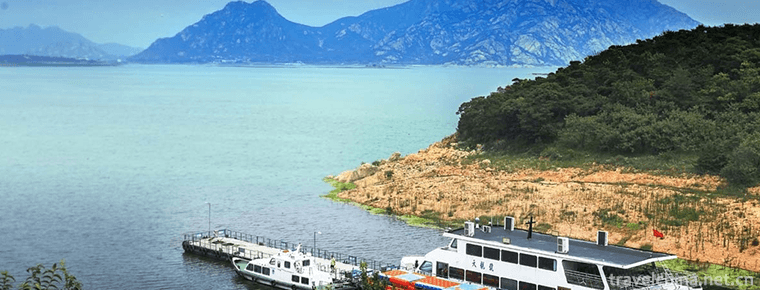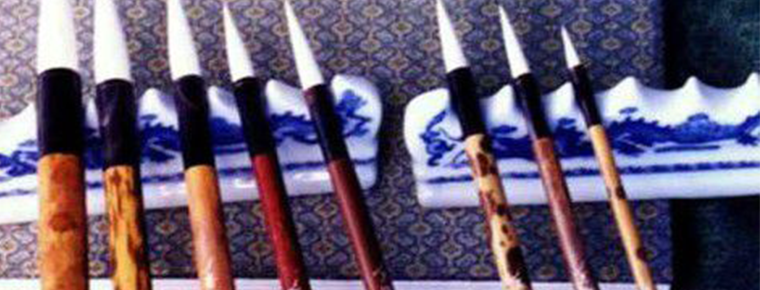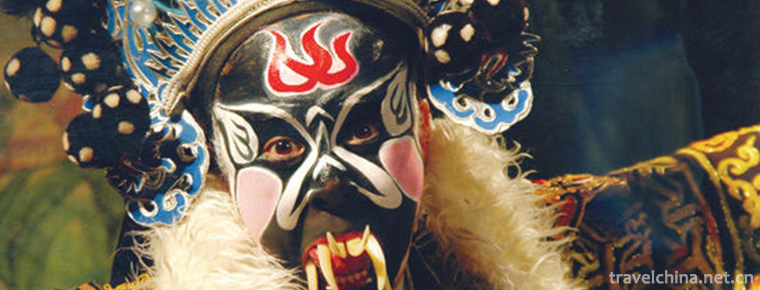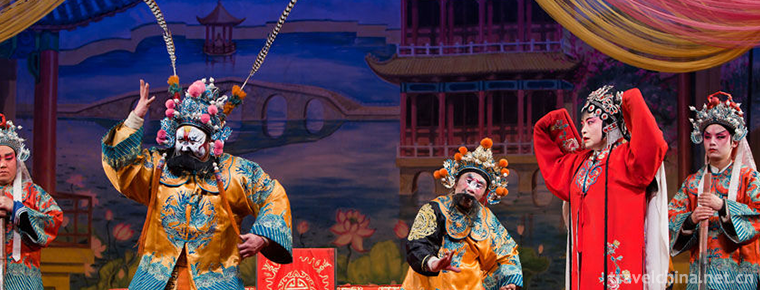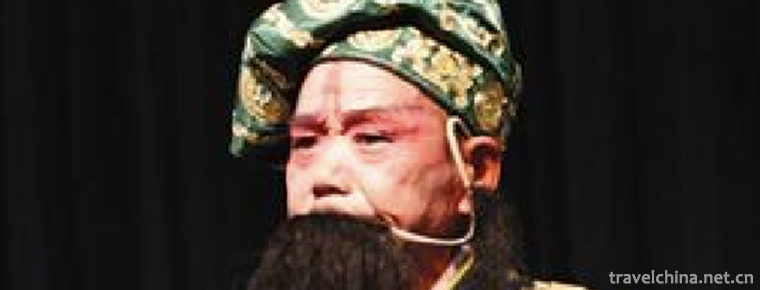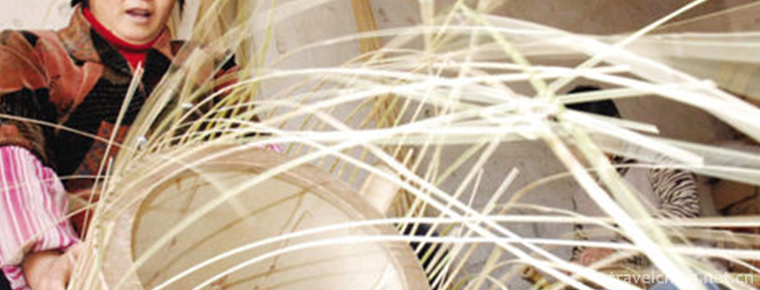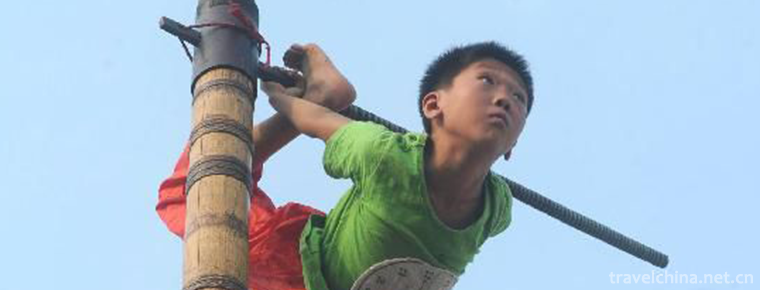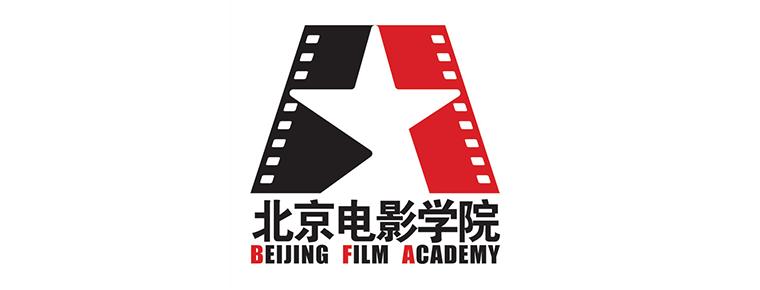Carpet Weaving Techniques
Carpet Weaving Techniques
Uygur carpet is a handicraft with a long history and tradition. It integrates painting, sculpture, knitting, embroidery, printing and dyeing.
Characteristic
Xinjiang carpet is also known as Oriental carpet. It is rich in national characteristics and local style regardless of style, pattern and color. It is famous for its excellent raw materials, fine texture, dense pile, thin and flat carpet surface, exquisite workmanship, unique design, fine weaving, beautiful color matching, durable and elaborate design. Xinjiang carpet has a wide range of varieties, mottled patterns and colors, mainly Aru style and Ailu style. Iranian, Chakima and Alar styles are mostly symmetrical and neat patterns, rough lines and strong contrast. They can be divided into blankets, tapestries, cushions, worship blankets, mattresses and so on. Xinjiang carpets are also exquisite works of art, which are collected by many art collectors. So far, the Victoria and Arabic Museums in London, England, and the Textile Museum in Washington, USA. Museum, Frankfurt Handicraft Museum, Germany, are collecting Xinjiang wool carpets or silk carpets as treasures for people to appreciate. Xinjiang carpets are either hanging on the walls of halls or spread in indoor corridors. The carpet surface is smooth, the blanket board is soft, beautiful and elegant, and the tone is bright. It is the ideal high-grade articles for family and hotel decoration. Xinjiang carpets are of excellent quality, in addition to the use of hand-beating. In addition to knitting and knitting, the graphic weavers are exquisite and compact (passing through more than ten complicated processes successively), and they are also strongly attributed to the excellent quality of wool used to weave blankets.
Manufacturing process
Wool is used as raw material, sheep is a local fine heterogeneous semi-coarse wool sheep breed, wool fibers thick, suitable for weaving, luster, bright dyeing, strong color, long-term stability, strong wool, elastic, will be twisted into wool yarn, twisted in the "Z" direction (i.e. backhand), dyeing, and then according to the need to ply wool yarn, used as warp, ground weft, wool weft, respectively.( At last, when weaving a blanket, a group of longitude lines and upper and lower layers are interwoven into a flat pattern of basic tissue, and then the dyed pile is bound to the warp line of the basic tissue according to certain procedures, so as to show the different colors and patterns and patterns of the carpet. In the design, it absorbs the essence of eastern and Western culture, art and religious art, and has a unique national style. It has a strong decorative quality.
pattern
Its design and color have more distinct national characteristics and strong local color, mainly Kailiken (four-petal flower spinning), Kachmann (scattered flower pattern), Anaguli (pomegranate pattern), Beixiqi Checkguli (five-branch flower pattern), Shaminouska (Mecca pattern), Bogu pattern and so on. Uygur carpets pay great attention to arranging the same or comparative colors side by side. The comparison fully shows the individuality of various colors.
Place of Origin
edit
Xinjiang Uygur Autonomous Region (hereinafter referred to as Xinjiang) is located in the northwest border of China, the hinterland of Eurasia, covering an area of 16.649 million square kilometers, and occupies China's territory.
Xinjiang is the birthplace of carpet in the world. Xinjiang carpet is famous for its long history and superb skills. It is one of the traditional national arts and crafts in Xinjiang and one of the main export commodities. Hetian is the hometown of carpet in Xinjiang. Uygur carpet raw materials are used. Famous semi-coarse wool and Hetian sheep wool. Breeding wool is thick but not sticky, tough and elastic, and has the advantages of tensile, compressive, luster and strength.
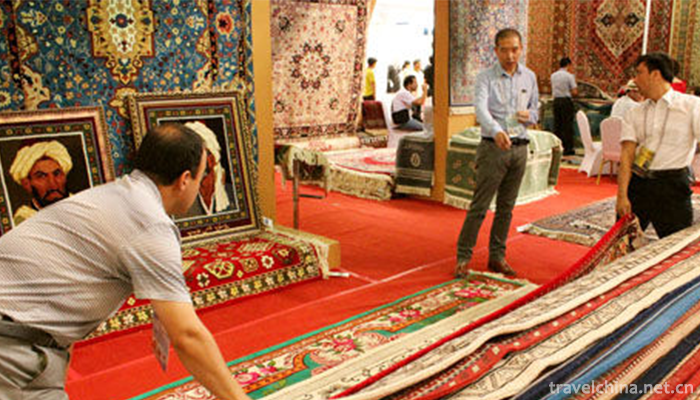
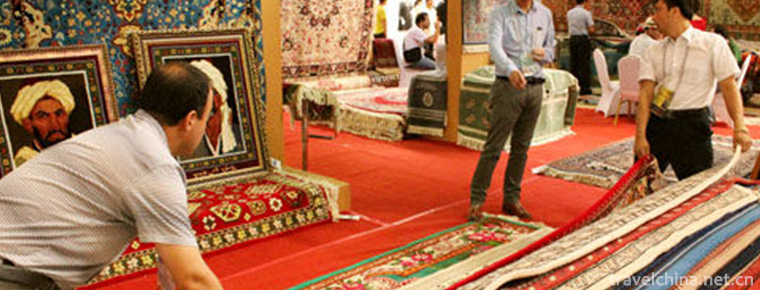
Carpet Weaving Techniques
-
Tianshan Grand Canyon Scenic Area Urumqi
Tianshan Grand Canyon Scenic Area is located in Urumqi County, 48 kilometers away from the urban area. The total planned area of the scenic spot is 1038.48k
Views: 144 Time 2018-12-12 -
Shaohuashan National Forest Park
Shaohuashan National Forest Park is located at the north foot of Qinling Mountains, 5 kilometers southeast of Huaxian City, Shaohuafeng in the west, Lilongshan in the east, Qinling main ridge in the s
Views: 150 Time 2019-02-08 -
Tianma Island Tourist Area
Shandong Tianma Island Tourist Area is composed of Ma Qi Mountain and Tianhu Lake. It is located 16 kilometers northeast of Junnan County Town, Linyi City.
Views: 358 Time 2019-02-21 -
Craftsmanship of Lake Pen
Hubi craftsmanship, the traditional handicraft of Shanlian Town, Huzhou City, Zhejiang Province, is one of the national intangible cultural heritage.
Views: 224 Time 2019-05-03 -
Ninghai Pingtao
Ninghai Pingdao originated in the late Ming and early Qing Dynasty and was popular near Ningbo. It has a history of three or four hundred years. Ninghai Ping Tune belongs to the branch of Xinchang Tun
Views: 153 Time 2019-06-08 -
Shangdang Laozi
Shangdang Laozi is one of Shanxi local operas. It is a kind of opera popular in southeastern Shanxi. Shangdang Laozi is a tributary of Wu'an Laozi in Hebei Province. During the Daoguang period of the
Views: 395 Time 2019-06-13 -
Wudang Shenju
Wudang Shenxi Opera is a kind of traditional opera in Xijiadian Town, Danjiangkou City, Hubei Province. It has a history of nearly 400 years since the Wang family absorbed Wudang culture and the music
Views: 349 Time 2019-06-30 -
Bamboo weaving
The traditional bamboo weaving technology has a long history and is rich in the crystallization of the hard work of the working people of the Chinese nation. Bamboo weaving crafts are divided into fin
Views: 185 Time 2019-08-10 -
Zuo Gezhuang Club
Chongxin Village is located in Zuogezhuang, northeast of Wen'an County. Its economic prosperity and people's prosperity have become the material and cultural basis for the preservation and continuatio
Views: 394 Time 2019-08-16 -
Beijing Film Academy
Beijing Film Academy is a University of art with film history and profound film culture. Its predecessor is the Institute of Performing Arts founded in 1950. It was relocated in 1951 and renamed as th
Views: 185 Time 2019-09-06 -
Schools of Chinese embroidery
Suzhou embroidery has a history of more than 2600 years. It has a considerable scale in the Song Dynasty. In Suzhou, there are xiuyifang, xiuhuanong, gunxiufang and xiuxianxiang. Suzhou embroidery in Ming Dynasty has gradually formed its own unique
Views: 322 Time 2020-12-12 -
Suining Education
By the end of 2019, Suining had 911 schools of all levels and types, with 440000 students and 32000 full-time teachers. Among them, 196 primary schools enrolled 30600 students and 180600 students; 130 junior high schools, 28300 students and 78400 students
Views: 371 Time 2020-12-16
